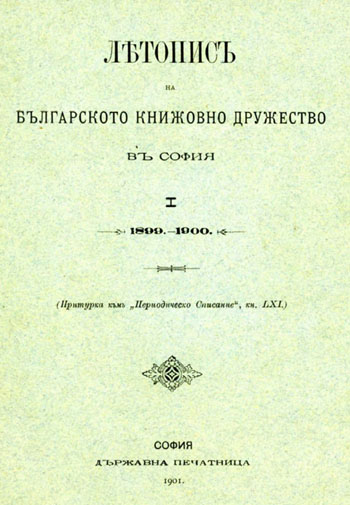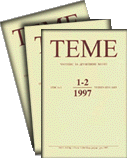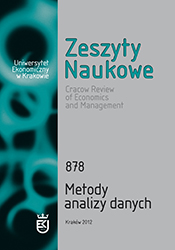





Contemporary society is characterised by very intensive social changes which strongly impact on the role and aims of education. Knowledge and human creativity are increasingly becoming basic resources of development and survival on the world market. Ever increasing investment in education, which is evident particulary in the last decade, is nevertheless slowing in the sense that the governments of many countries are setting an upper limit to public spending on education. Many changes have also occurred in management of schools and other educational institutions. There are greater opportunities for decision making at the level of the institutions themselves. The reduction in expected enrollments, donations and other sources of income and the simultaneous rise in various costs have led many educational institutions to embrace marketing concept. Many institutions have faced the changing needs of students and expectations of society, increased competition for funding and, on the other hand, with unabated financial pressures and calls for increased efficiency. Therefore, many educational institutions were often forced to take a look at marketing to see what this discipline might offer to keep their institutions viable and relevant.
More...











Keywords: cluster analysis; mineral waters; spring waters
The authors present an example of the application of cluster analysis in commodity science. The aim of the analysis was to find, on the ground of chemical composition, groups of mineral and spring waters in which the objects of the same group exhibited the highest possible degree of similarity, while objects of different groups exhibited the lowest. Euclidean distance method was used to calculate the distance between the objects. The agglomerations were created by using the nearest neighbour algorithm.
More...
Keywords: ERP class system; project management tools; B2B platform; investment into ERP systems
Reducing the size of an organisation and process optimisation are the most frequent methods used to prepare a company for a period of economic slowdown. In both methods, information technology, especially ERP class systems, are basic tools for achieving goals. To support this thesis, the article presents two cases of implementing information technology tools. The first examines the implementation of an ERP system in a technology company specialising in information technology integration service. Technology companies are an example of organisations managed by projects in which the slimming process is extremely complicated and requires enormous amounts of information. The second case presents the implementation of a B2B platform – an electronic data exchange between a large distribution company and its partners, suppliers and forwarding agents. The case presents the range of measurable advantages of process cost optimisation that can be achieved owing to the use of information technology. The article’s summary examines the problem of how, according to the thesis of the expediency of investment into ERP systems, the market of these systems behaved in Poland during the most recent period of economic slowdown.
More...
Keywords: foreign direct investment; intra-industry trade; panel data model
EU enlargement has brought about geographical reorientation and the intensification of foreign trade among many new EU members, including the four new members of East Central Europe. Particularly, the importance of vertical and horizontal intra-industry trade has increased in these countries, as has the value of FDI. How FDI influences intra industry trade types in East-Central European countries is an interesting question that the paper tries to answer through the application of panel data models. Data from Eurostat about foreign direct investment, export and import in manufacturing industries in the years 2000–2008 are used in the research.
More...
Keywords: household expenditures; culture and relaxation; econometric models
The aim of the paper is to identify the socio-economic conditions of household participation in culture and relaxation. A double-track analysis of household expenditures has been carried out. First, the dynamics of the level and structure of expenditures is carried out based on aggregated data for the years 1998–2008 published by the Central Statistical Office. The second part is based on a 2008 CSO analysis of 37,358 household budgets. Econometric models enabled the set of variables to be estimated. Whether positive or negative, the variables have a statistically significant influence on household expenditures on culture and relaxation.
More...